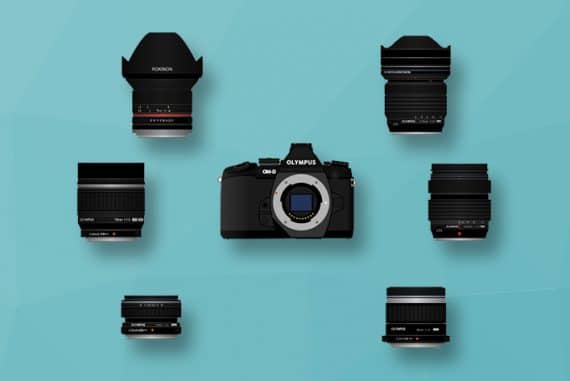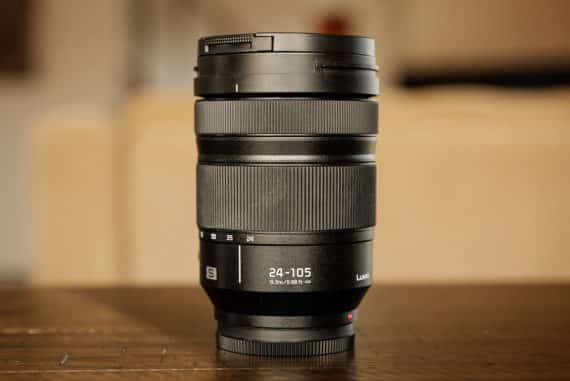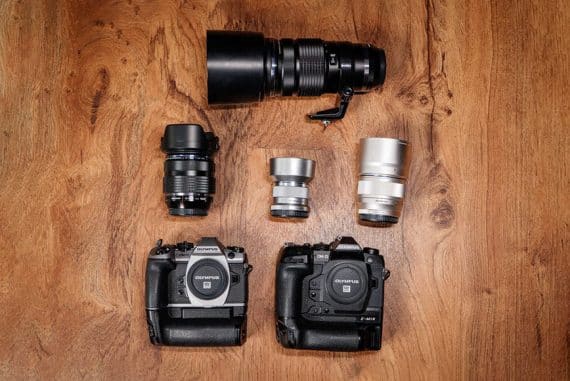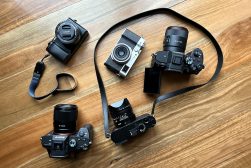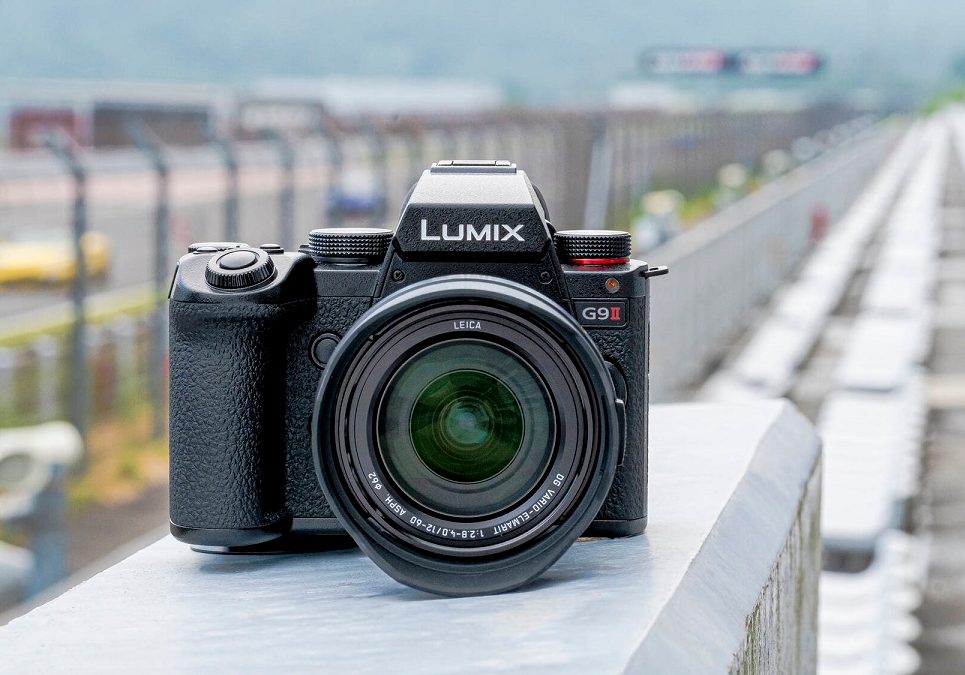
Do The Panasonic Lumix G9 II’s Specs Make it Worth the Hype & Upgrade?
News | By Stephan Jukic | September 14, 2023
In recently introducing the second edition of its still-great 6-year-old G9 Lumix camera, Panasonic played to plenty of media hype in the camera world.
The question now hinges on whether the camera lives up to expectations. So far, the answer seems to be yes.
The original G9 was released all the way back in 2016 and at the time of its introduction, it was widely considered to be an excellent Micro Four Thirds camera.
The original G9 offered a nicely large 21.77MP (20.33 effective size) sensor, 4K video recording and lots of shooting speed for rapid-fire photography. It also included numerous AF settings for some very useful autofocus and precision shooting power.
Now with the Lumix G9 II, Panasonic has upped the features and specs enormously in such a way that this next-generation camera definitely has lots to offer for fans of the original, or of mirrorless cameras in general.
First of all, the new G9 has the same fundamental Micro Four Thirds format as the first G9 did. However, this new model comes with a wholly new 25.2-megapixel Live MOS image sensor that’s a lot more powerful than the original.
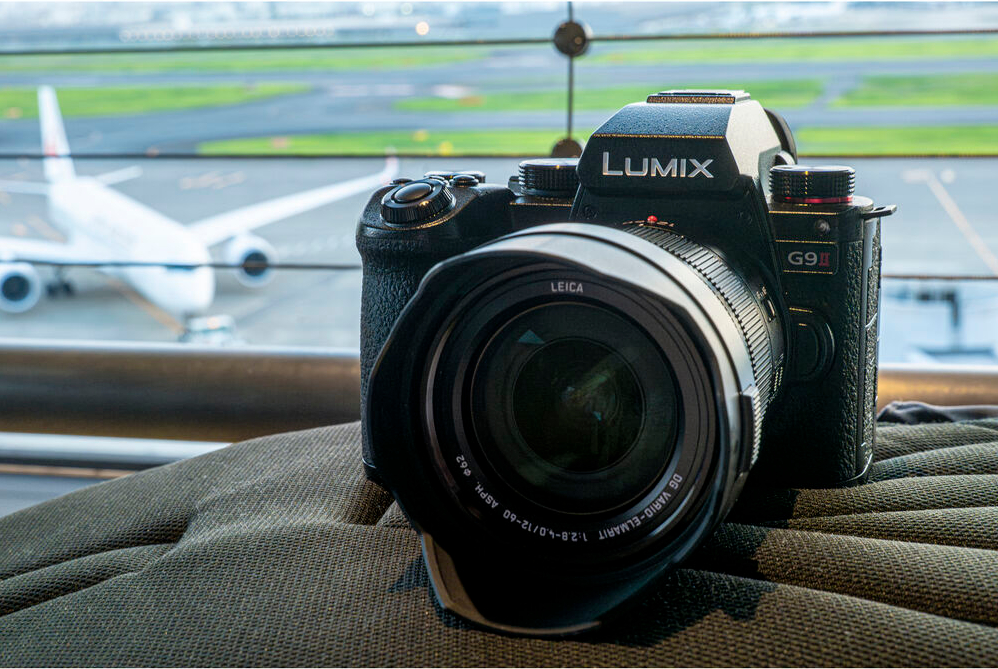
Its hybrid AF system with subject recognition technology and AI technology is also much more powerful and obviously more advanced.
Even more importantly, the G9 II offers a dramatically fast burst shooting speed of 60fps with its electronic shutter and continuous AF activated. This can go up to 75fps with a fixed focus.
Panasonic has also added a pre-burst feature to the G9 II that constantly cycles through the 1.5 seconds before a full shutter press thus recording 1.5 seconds of extra shots.
When taking RAW+JPEG photos in its burst modes, the G9 II also performs superbly, being able to record 200 images with a buffer depth of 160 to 200 frames.
For continuous shooting, on the other hand, the G9 II isn’t a slouch either, being able to fire off shots through either its mechanical shutter or electronic front curtain shutters. It does this at 14fps in AF-S mode and 10fps using continuous AF.
For video recording, the G9 II is also much more powerful than its predecessor. It’s able to record C4K video at 120p and 4K at 100p with 10-bit color compared to the 60p max for 4K video of the first G9.
The AF features of the new G9 camera are also obviously much more advanced than those of its predecessor. Panasonic has given this new camera Phase-Detect AF (PDAF) technology through its Hybrid AF and it includes subject recognition.
This newest of AI-powered AF tools lets the camera recognize specific objects and subjects by type. Thus it can distinctly and rapidly recognize cars, motorbikes, certain animals and of course humans.
In fact, the camera has a whole series of modes for animal and human detection with its hybrid AF.
Along almost the entirety of its 25.2MP sensor, the G9 II also packs a whopping 315 contrast-detect AF points along with 779 phase-detection AF points.
The above features and many others in this camera make it a very robust device for still photography and especially of the kind that needs to capture fast-action shots.
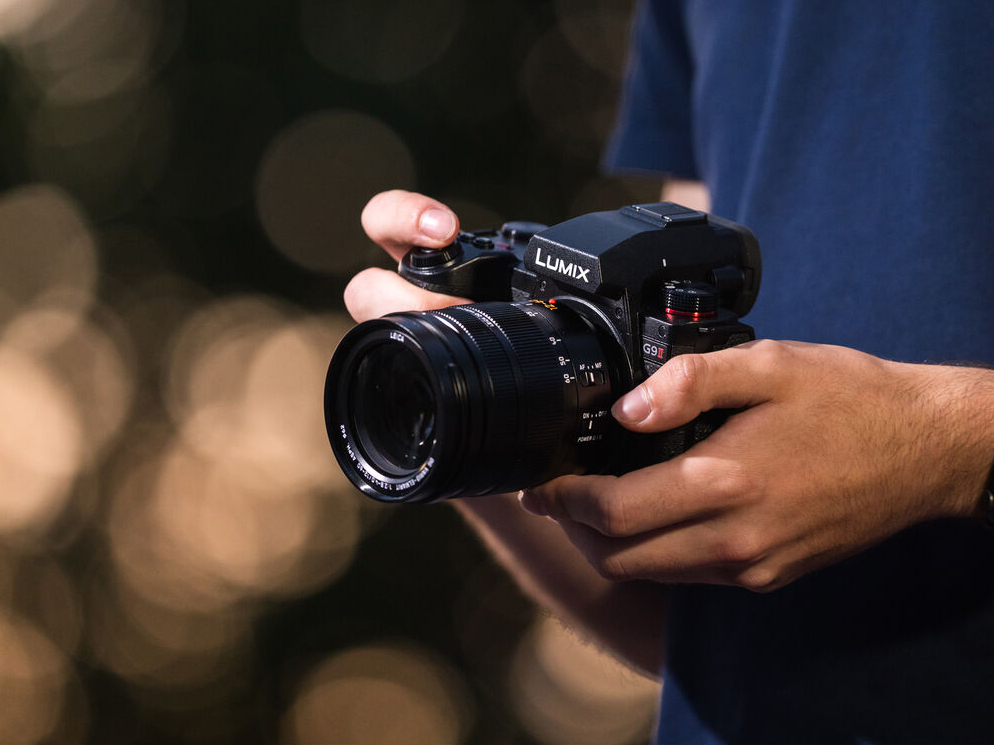
The G9 II’s video recording specs are of course very strong for its price and size, but its real power was channeled into shooting a ton of crisp, well-focused photos very, very quickly.
Another cool photographic feature of the new G9 II is its ability to create massive multi-photo composite shots of up to 100MP in size by taking several photos of a scene rapidly and stitching them together.
For black and white street photographers, one potentially wonderful other detail about the G9 II’s internal settings is a Leica Monochrome mode. This is specifically designed to create high-contrast B&W images with a classic touch.
Overall, the most serious improvements in the G9 II compared to its 2016 version are its much more sophisticated, responsive and granular AF technology, its larger sensor and its much faster burst shooting speeds.
The newer camera also delivers better ISO at the lower end with a value of 100 instead of the 200 in the original G9. Its image stabilization is also much better, having been boosted up to 8 stops instead of the older G9’s 6.5.
For video recording, as we described above, the new camera shoots the same resolutions as the Lumix G9 I but at much faster frame rates, higher bitrates and with ProRes video enabled.
Physically, the new version of the G9 looks very similar to its original edition, with a bulky body that looks more as if it belongs on a DSLR camera than a Micro Four Thirds mirrorless model.
We’re not entirely happy about this bulkiness, but the G9 cameras are definitely easy to firmly grip.
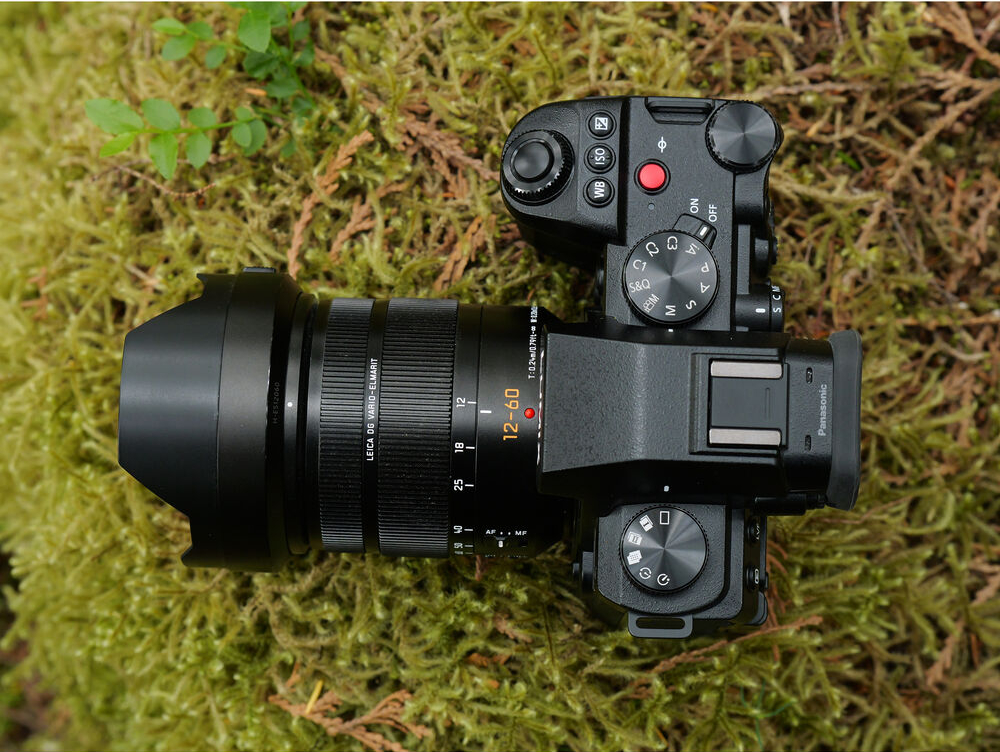
On weight and dimensions, the two G9 cameras are almost identical though the newer model is thinner through the middle and slightly higher.
The G9 II also comes with an extendible 3-inch LCD touchscreen along its back and a 1.84-million-dot EVF. The original G9 only offered 1.04 million dots for its own viewfinder.
The bottom line for the new Panasonic G9 II is simply this: If you were a fan of the original G9 and possibly still use it, then you’re going to absolutely love this new version and want to get it.
If on the other hand, you’ve never before owned a G9 camera or even a Panasonic model, then the G9 II is one fantastic choice for its sensor type and class. It’s a bit bulky, but its burst shooting options are excellent.
Panasonic is retailing its Lumix G9 II camera as of November of this year for $1,900 though you can preorder it already.

Check out these 8 essential tools to help you succeed as a professional photographer.
Includes limited-time discounts.






